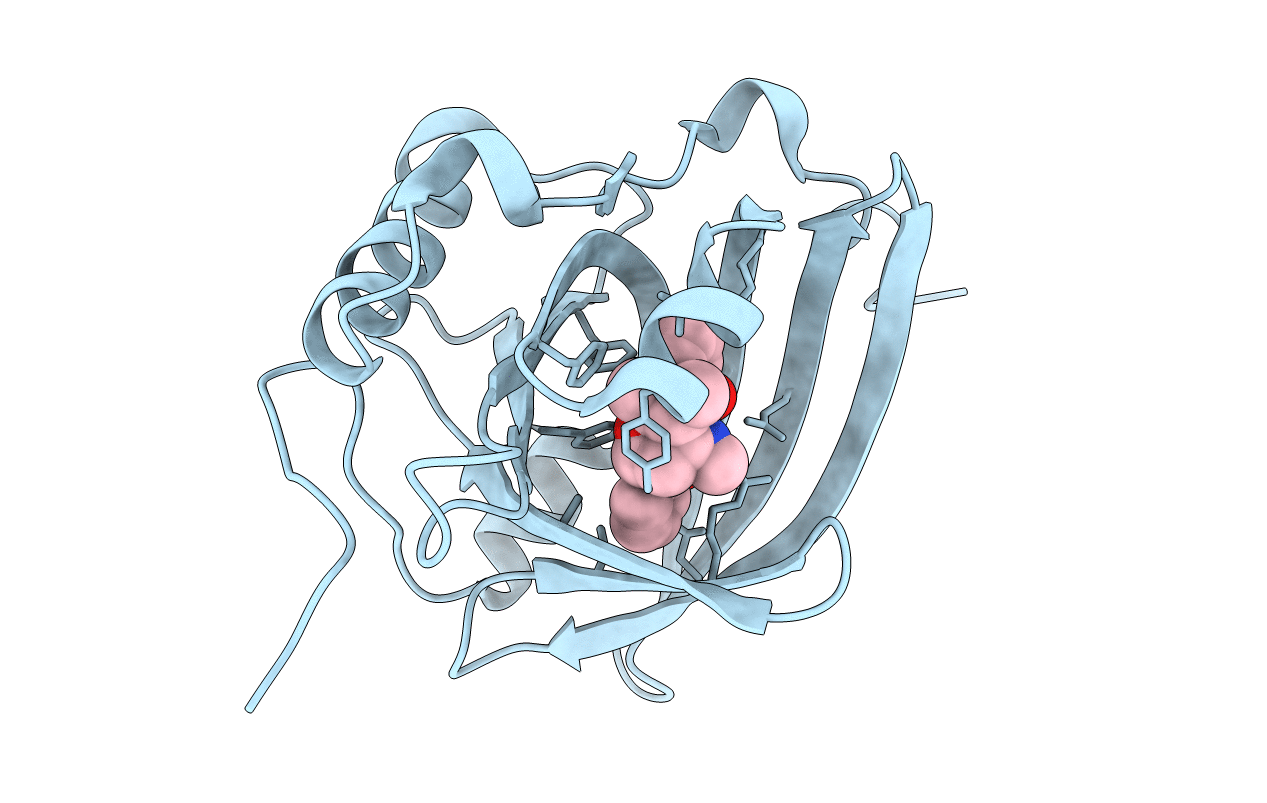
Deposition Date
2021-06-11
Release Date
2021-12-01
Last Version Date
2024-11-06
Entry Detail
PDB ID:
7OUB
Keywords:
Title:
High resolution structure of Alpha-1-acid glycoprotein bound to potent anti-tumour compound UCN-01
Biological Source:
Source Organism:
Homo sapiens (Taxon ID: 9606)
Host Organism:
Method Details:
Experimental Method:
Resolution:
1.82 Å
R-Value Free:
0.17
R-Value Work:
0.15
R-Value Observed:
0.15
Space Group:
P 61


